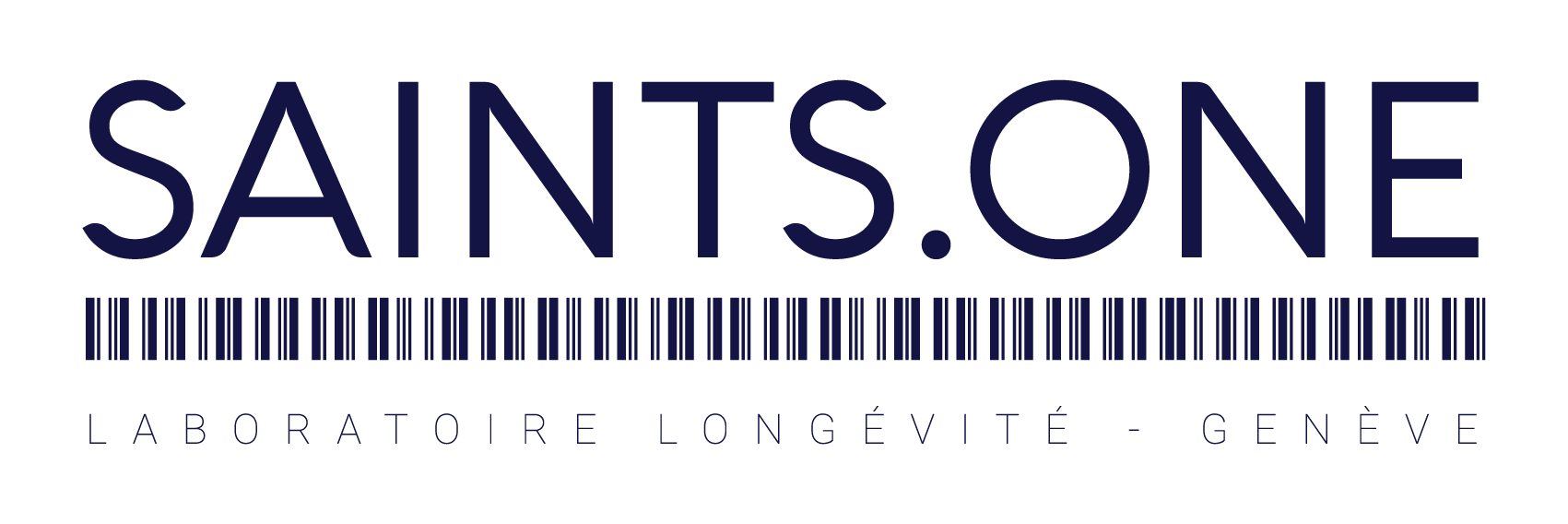Investment in the longevity or life extension field refers to the practice of investing in companies or research organizations that are focused on developing technologies and therapies that can extend the human lifespan. This can include companies working on medical treatments for age-related diseases, such as Alzheimer’s and cancer, as well as those developing technologies to support healthy aging, such as wearable health monitoring devices.
Investing in the longevity field can be a high-risk, high-reward proposition. While there is potential for significant returns if a company is successful in developing a successful longevity technology, there is also the possibility that the investment could fail if the technology does not pan out or if there are regulatory hurdles.
There are a number of different ways that investors can approach the longevity field. One option is to invest in individual companies that are focused on developing longevity technologies. This can involve conducting thorough research on the company, its products and services, and its leadership team, as well as evaluating its financial health and potential market opportunities.
Another option is to invest in funds that focus on the longevity field. These funds invest in a diversified portfolio of companies in the longevity space, providing investors with exposure to a range of different technologies and approaches. This can reduce the risk associated with investing in a single company, but it can also limit the potential for outsized returns.
Overall, investing in the longevity field can be a challenging but potentially rewarding opportunity for investors. By carefully evaluating the companies and technologies in this space and considering their potential risks and rewards, investors can make informed decisions about their investments in the longevity field.
Age Related Disease Longevity Investments
Age-related diseases are conditions that are more likely to occur in older adults. These diseases can affect various systems in the body, including the heart, lungs, bones, and brain. Some examples of age-related diseases include:
- Alzheimer’s disease: This is a degenerative brain disorder that affects memory, thinking, and behavior. It is the most common cause of dementia in older adults.
- Parkinson’s disease: This is a neurological disorder that affects movement and coordination. It is caused by the loss of cells in the brain that produce a chemical called dopamine.
- Heart disease: This is a term that refers to a range of conditions that affect the heart, including coronary artery disease, heart failure, and heart attacks. Heart disease is a leading cause of death in older adults.
- Osteoporosis: This is a condition in which the bones become weak and brittle, leading to an increased risk of fractures. It is more common in older adults, particularly postmenopausal women.
- Cancer: This is a group of diseases that are caused by the abnormal growth and division of cells in the body. Many types of cancer, such as breast, prostate, and lung cancer, are more common in older adults.
Age-related diseases can have a significant impact on the health and well-being of older adults. They can cause physical impairments, cognitive decline, and decreased quality of life. Researchers are working to develop treatments and therapies to prevent, slow, or reverse age-related diseases, in order to improve the health and well-being of older ad

